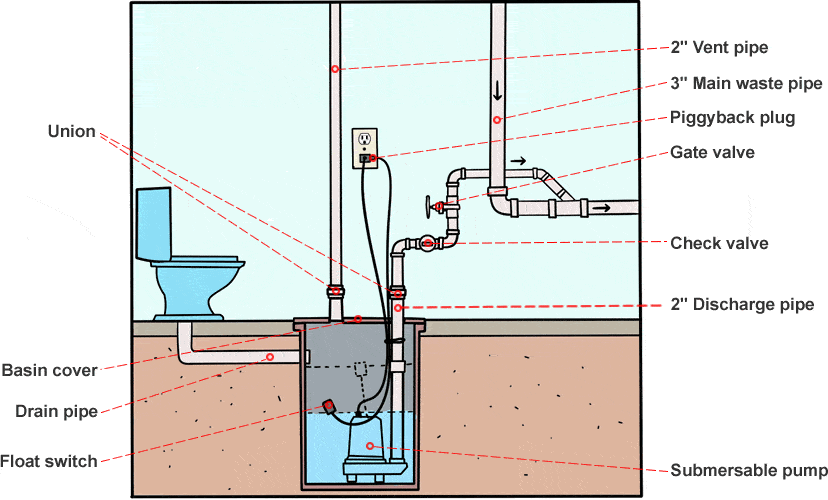

With a vertical float switch, the float rides up and down on a rod. When the sump is emptied, the float will sink to a low level, and the change in position will break the circuit and stop the pump. In the vertical position, a simple inside the float will activate and start the pump. When the water level goes up, the float rises and when it reaches the end of the tether, it floats vertically. A plastic float ball is attached to the top of the pump by a short cable or a tether. In a nutshell, float switches are commonly used to control sump pumps. They are commonly used for high temperature and pressure applications, such as dishwashers, boilers, fish tanks, water wells, etc. Vertical floats are typically installed on the side of the basin or discharge piping. Tethered floats are available in pump up and pump down styles. – Tethered floats are among the least expensive switch types commonly used in large diameter sump pumps and wastewater applications with some degree of success. A vertical float travels up and down the fixed vertical rod as the water fills the basin the vertical float ball goes up the flow route and when it reaches the top, it activates the float switch which turns on the pump.

When the float ball reaches the bottom it deactivates the float switch, which turns of the pump. As the float ball reaches the top, it activates the float switch which turns on the pump. As the water fills the basin, the tethered float ball connected to the power cord swings upwards.

– A tethered float switch consists of a cord and a float ball. A vertical float, on the other hand, contains a magnet and slides up and down on a rod containing reed switches that are magnetically actuated. The float consists of a spheroidal, hollow vessel with a switch inside. A tethered float switch is a common switch mechanism with a float that is tethered to the pump. It is designed to provide automatic control of AC and DC pump motor magnetic starters and automatic direct control of light motor loads. – A float switch is a critical device that monitors the water level in a tank or sump. Difference between Tethered and Vertical Float Switch Mechanism They are mostly used in very tight diameter applications such as basement sump pumps and crawlspace pumps. The pump runs and empties the basin and when the float ball reaches the bottom, it deactivates the float switch, eventually turning off the pump. As the water fills the basin the vertical float ball goes up the flow route and when it reaches the top, it activates the float switch which turns on the pump. The float travels up and down the fixed vertical rod, eliminating any side to side movement. The float contains a magnet and slides up and down on a rod containing reed switches that are magnetically actuated. If you notice the five warning signs above that your pump isn’t functioning properly, call us at 81, or use our service request form to arrange a service call.A vertical float switch is one of the simplest switch types from a construction point of view and is suitable for a vertical placement. If it suddenly starts to make new, unusually loud noises, get the pump inspected right away. Unusual Sounds: You should become pretty familiar with the sounds of your sewage ejector pump.If it cycles more often than that, it may be failing. Frequent Cycling: The pump should only cycle when it needs to pump wastewater into the sewage line.If it is slow to start, it could be beginning to fail. Starting: Your pump should fire up quickly.Get this fixed right away to avoid backup wastewater getting into your home. Instead, it is collecting in the drain, leading to the odor. Sewage Odor: If you notice a sewage odor in or around your home, that means your pump isn’t getting the sewage all the way to the main sewer line.Dirty water can be harmful, so if you see this warning sign, give us a call right away. Dirty Water: If dirty water comes from your taps, your pump isn’t adequately removing wastewater from your system.If your sewage ejector pump shows any of the signs below, you need to get it repaired and replaced. Your ejector pump helps remove sewage from your home, which is why it is important to ensure it is always working correctly.


 0 kommentar(er)
0 kommentar(er)
